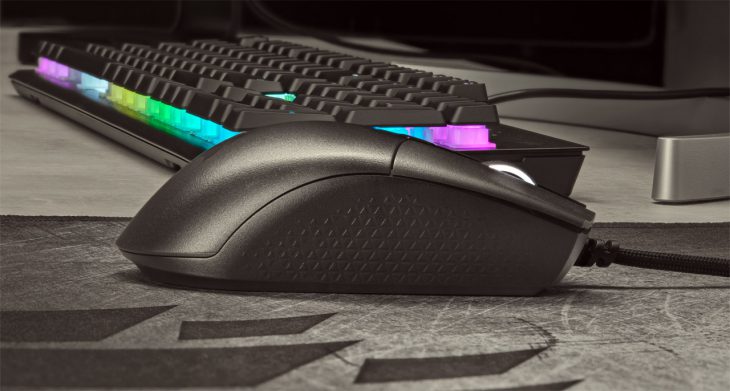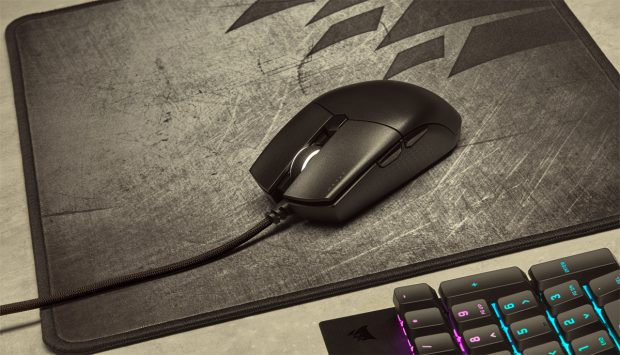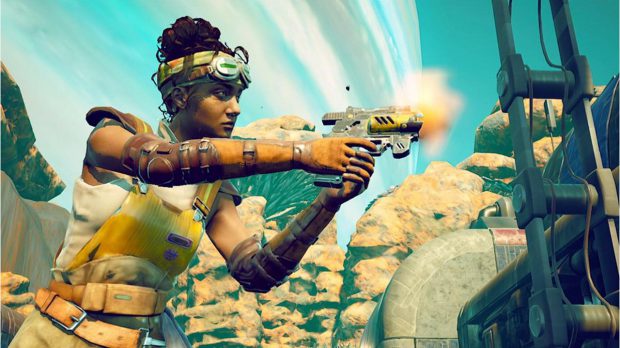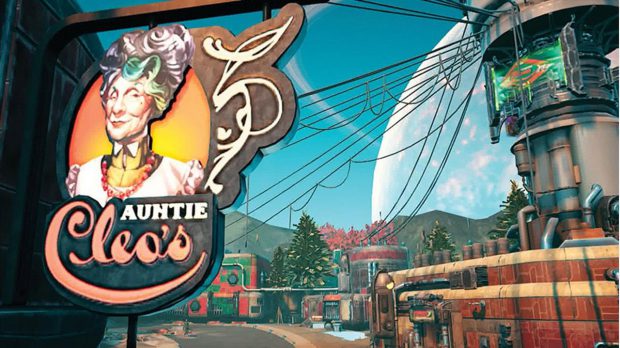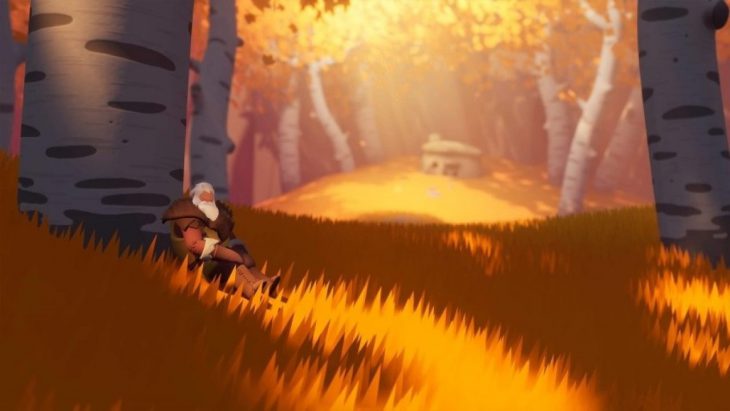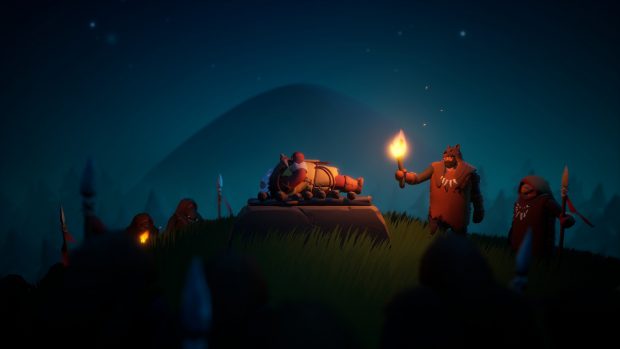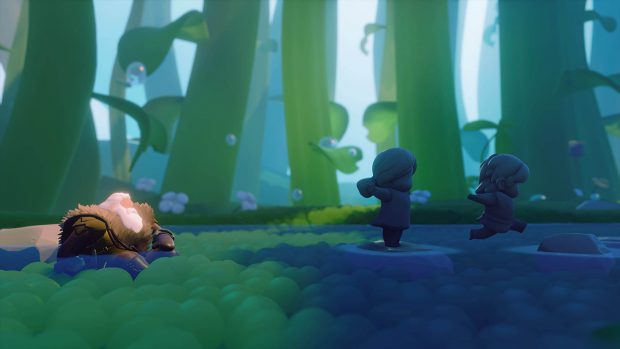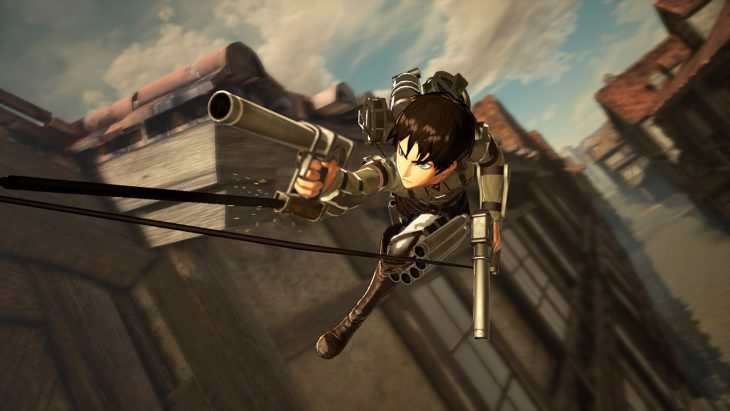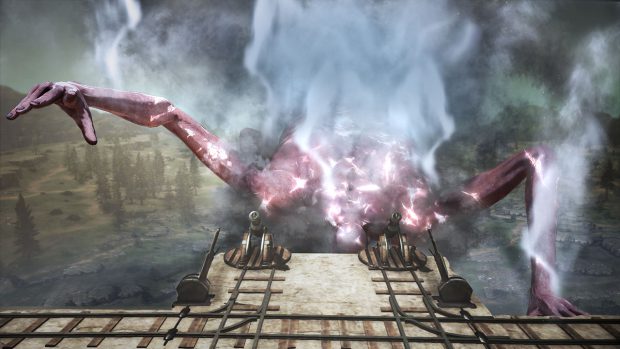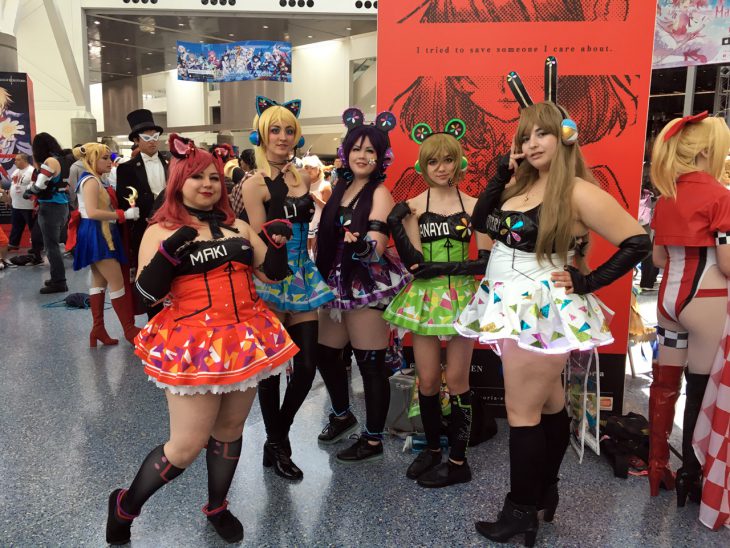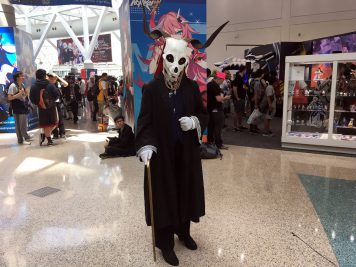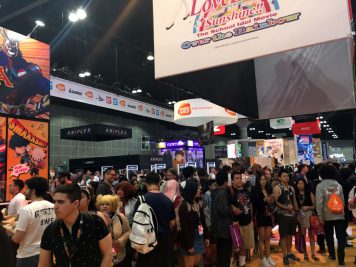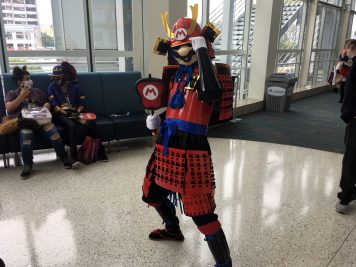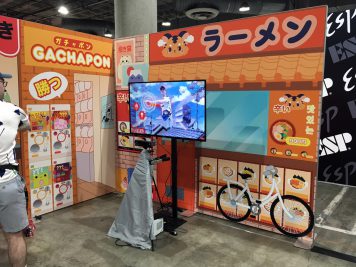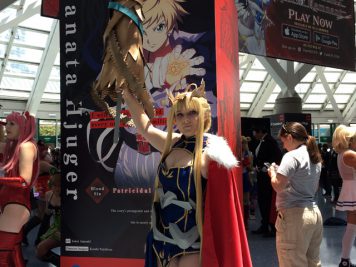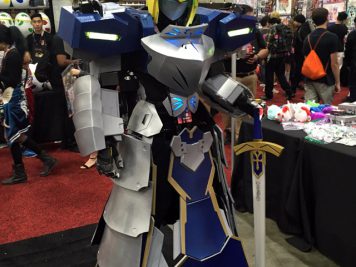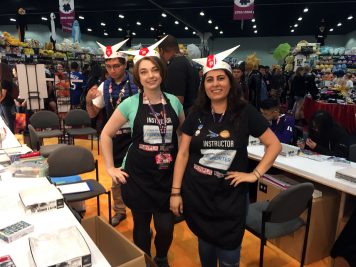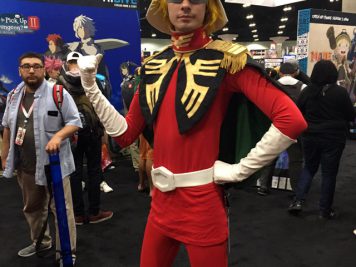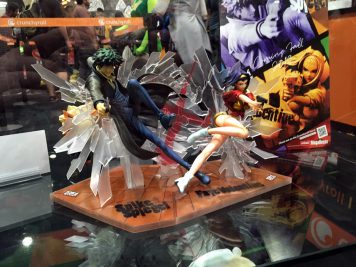Corsair has released their newest ultra-light FPS/MOBA gaming mouse into the market, the Katar Pro XT. This is their newest update to the original Katar model that was released by Corsair a little over 5 years ago, and most recently the Katar Pro Wireless mouse that was released in June of 2020. The mouse comes with the updated Corsair box and logo design, the logo on the mouse is discrete and stylish unlike some of its earlier predecessors. The mouse’s smooth matte texture is offset by a discrete triangle side pattern that allows for easy grip.
Weighing in at 73g (compared to the Wireless model at 96g), the Pro XT is extremely lightweight out of the box. This lightweight mouse provides agile control for FPS and MOBA gameplay, but is also a joy to use even just for day to day tasks. The compact symmetric shape is suitable for both claw and fingertip grip styles, but sadly there are only side buttons positioned on the left side of the mouse, making it only accessible for right handed users. Although the mouse is not particularly eye-catching as some of the other mice options on the market, it does come with an RGB scroll wheel that can be customised using the Corsair iCue software. This software enables vivid dynamic RGB lighting control that can be easily synced to other Cosair iCue compatible tech. The Katar Pro XT comes with a custom PixArt 12,400 DPI optical sensor that offers precision and high-accuracy tracking. This has been increased from the previous wireless model’s 10,000 DPI. This gives the mouse its incredibly smooth and quick movements which translates into faster FPS/MOBA gaming response. Combined with the lightweight specs, the mouse requires very little effort to move.
At around a $30 price point, this makes this mouse highly accessible. The Katar Pro XT comes ready to play and responds only moments after plugging it in. The RGB is automatically set up to a smooth rainbow transition that is appealing if you are not looking to download the additional software to customize it. The soft drag reducing paracord cable is a nice length for people with computers on the floor which allows for use even if your step up is not right next to your monitor or on your desk. I was pleasantly surprised with how smooth the cable moved out of the way when using the mouse, especially after having been accustomed to a wireless mouse. The large buttons make this mouse easy to handle and it is well sized – neither too big to hold nor too small to get a good grip on. The audible click when pressing either of the keys makes it easy to tell when it has fully engaged and each of the six buttons is fully programmable, allowing you to customize your mouse to fit your gaming needs. These built in durable Omron Switches are meant to last for years and are guaranteed for 50 million clicks.
Overall the Corsair Katar Pro XT offers an ultra lightweight aesthetically pleasing mouse. It is subtle but the RGB accent makes it stand out on your desk, and reminds anyone who sees it that this is not simply an upgraded office mouse. The softness of the paracord cable is an absolute treat, making this a wired mouse that I actually enjoy using. This mouse is the perfect combination of a lightweight gaming mouse that can also easily be used for working from home, especially in a time where a lot of computers now hold that dual purpose.

